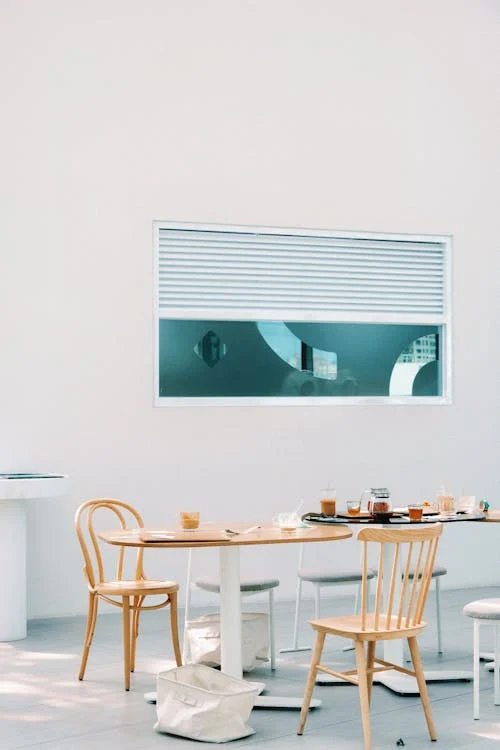Coffee tables are an essential piece of furniture in many living rooms, combining functionality with aesthetic appeal. Their history, however, is often overlooked. This article explores the evolution of coffee tables, tracing their origins from tea tables to the contemporary designs we see today. We’ll also provide insights on where to purchase coffee tables UK, including options from Furniture in Fashion.
The Origins: Tea Tables in the 17th and 18th Centuries
The coffee table’s predecessor, the tea table, emerged in the 17th century. Tea tables were high, narrow pieces of furniture designed to hold tea services, a reflection of tea’s increasing popularity in Europe. During this period, tea drinking became a social ritual among the upper classes, and the tea table became a focal point for gatherings.
Made primarily of fine woods like mahogany and walnut, tea tables often featured intricate carvings and elegant designs. These tables symbolized wealth and sophistication, blending utility with artistry.
The Shift to Coffee Tables in the 19th Century
The transition from tea tables to coffee tables began in the 19th century. With the rise of coffee consumption in Europe and America, the need for a lower, more functional table became apparent. Unlike tea tables, coffee tables were designed to be placed in front of sofas and chairs, encouraging a more relaxed and casual atmosphere.
The first true coffee tables appeared in Victorian England, where they were often ornate and made of dark woods. These tables were shorter than tea tables, accommodating the growing trend of low-seating furniture.
The Influence of Japanese Design
In the late 19th and early 20th centuries, Japanese design significantly influenced Western furniture. Low tables, a staple of Japanese interiors, inspired the height and style of modern coffee tables. This influence coincided with the global fascination with Japanese art and culture, known as Japonisme.
These minimalist designs emphasized simplicity and functionality, marking a departure from the elaborate Victorian styles. The fusion of Japanese aesthetics with Western furniture paved the way for the modern coffee table.
The Modern Era: 20th Century Innovations
The 20th century saw the coffee table evolve into a design statement. During the Art Deco period, coffee tables featured geometric patterns, exotic woods, and chrome accents. By the mid-century, designers like Isamu Noguchi and Charles and Ray Eames revolutionized the concept with their innovative approaches.
Iconic Designs of the 20th Century
- Noguchi Table (1944): A sculptural masterpiece combining a glass top with a curved wooden base, this table epitomized the blend of art and functionality.
- Eames Coffee Table (1950s): With its clean lines and multi-functional design, this table became a hallmark of mid-century modern style.
- Glass and Chrome Tables: Popular in the 1970s, these tables reflected the era’s love for sleek and futuristic aesthetics.
Contemporary Coffee Tables: Diversity and Innovation
Today, coffee tables come in an array of materials, styles, and functionalities. From minimalist glass designs to rustic wooden tables with storage options, the modern coffee table caters to diverse tastes and needs. Sustainable materials and multifunctional designs are particularly popular, reflecting contemporary values and lifestyles.
Buying Coffee Tables in the UK
For those looking to purchase coffee tables in the UK, Furniture in Fashion offers a wide selection of high-quality and stylish options. Their collection includes modern, rustic, and traditional designs, ensuring something for every home. Shopping with Furniture in Fashion not only provides access to diverse styles but also guarantees durable and well-crafted pieces.
Coffee Tables as a Cultural Symbol
Beyond their practical use, coffee tables have become cultural symbols. They represent the central hub of a living room, a place where people gather, share stories, and build connections. Over the decades, coffee tables have evolved to reflect societal trends, from the opulence of Victorian England to the simplicity of modern minimalism.
Tips for Choosing the Perfect Coffee Table
Selecting the right coffee table involves more than just aesthetics. Here are some factors to consider:
- Size and Proportion: Ensure the table complements your seating arrangement and leaves enough space for movement.
- Material: Choose a material that matches your decor and meets your practical needs.
- Functionality: Consider tables with storage options or multi-functional features.
- Style: Whether you prefer a classic wooden table or a contemporary glass design, ensure it aligns with your overall interior theme.
Read More: click here
